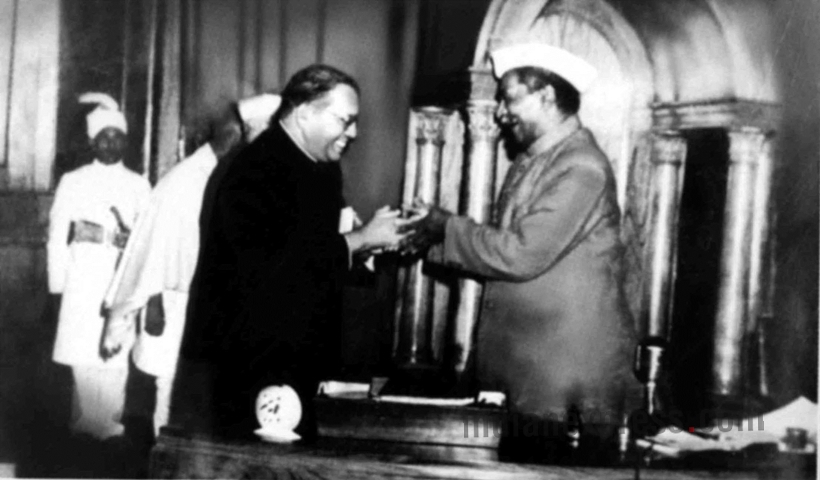Even though it is an arduous task to talk about Adi Sankara’s intellect authoritatively, there is no dearth of books on Adi Sankaracharya. While the historicity of his life and events have been dealt differently by different authors in these books, the best means to understand his darshan (philosophy is the closest word in English) of Advaita (Non-Duality) are his own works, appended by the works of his disciples who wrote commentaries on his creations. However, even with all the available resources, not many tend to go deep into his philosophy while writing a book about him and end up writing a few peripheral and more miraculous details of his life and time. Through time, this has rendered his thoughts more obscure or complex.
K.C. Ajayakumar differentiates his work on this aspect. He does not entirely skip the biographical details but they only work to advance the story that is essentially about Advaita and its chief preceptor. The author has probed deep into Adi Sankara’s life, his experiences and experiments, the inner working of his mind, and his universal philosophy. All this, with the simplicity and clarity of a child, the author brings Sankaracharya (published by Rupa Publications) to us in simple and engaging prose without losing the essence of that ocean of knowledge the great philosopher has left behind for us.
The story begins with the story of Sankara’s birth and his intellectual prowess even as a child. As Sankara learns all that is there to learn with and around him, his longing for a Guru, a teacher who would help him realize the absolute truth grows stronger every passing day. His pleadings with his mother to let him take Sanyaasa and leave home to find a Guru make for an interesting section in the book. Once he leaves his home, the author retraces all the routes he took across the length and breadth of Aryavarta (India) with all the major events taking place during this journey.
The descriptions of all these places come with brilliant imagery and without any compromise on essential details. Hence, many a time, the author is successful in putting the reader right beside Sankara, following him with his disciples. There are a few disputable facts or events, for example – Sankara’s contemporary scholar Mandan Mishra is shown to be living at a place near the river Narmada. There are other accounts that locate Mandan Mishra’s place to be in the Mithila region of India. However, since scholars have differing views on this subject, these conflicts can be safely ignored. The soul of the book remains intact and without a blemish. As it is difficult to ascertain several facts of his life with pinpoint accuracy, there are parts where a few events have to be recreated with imagination and logic. K.C. Ajayakumar does a fine job there as none of these explanations feels out of place. The author also does a great job in explaining a few miraculous elements or events in Sankara’s life with the help of logic and reasoning.
The most evocative part of this book is the author’s deep dive into Adi Sankara’s darshan. He recreates the most prominent debates the great thinker was involved in without shying away from details. Sometimes, the best way to say something is to say it as it is. K.C. Ajayakumar cites from the most notable works of Adi Sankara (Vivek Chudamani, Commentaries on Upanisads, etc.), and provides us with detailed minutes of his meetings with thinkers and influencers of his time. These minutes have a lot of questions, their answers, counter arguments, refutations, and explanations (including his debates with a couple of Buddhist monks).
It would have been easier to keep floating on the surface but that would have made this an ordinary book. On the contrary, because of its deep indulgence with the philosophy itself, this book acts like a primer which you can read before you begin to explore Adi Sankara’s original works.
Special Mention – If you want to know why the head priest of Badrinath temple in Uttarakhand has to be from the southernmost state of India i.e. Kerala, give this book a read!




